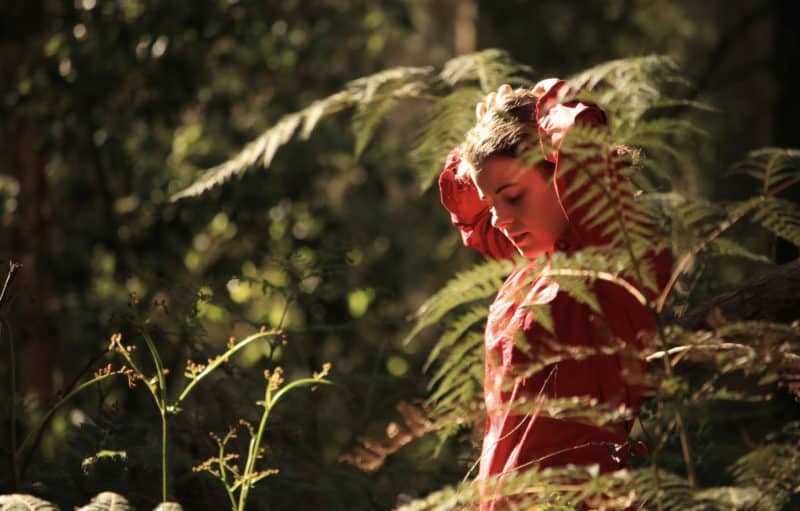NEWS 2 February 2021 |
The World Economic Forum has declared that the climate crisis is the biggest global threat, and that failure to act on climate change is the most significant global risk. Biodiversity loss, natural resource crises, and human environmental damage follow closely behind.
The World Economic Forum identifies that world governments are rightly focused on their pandemic responses. A consequence of this priority, though, is that the cooperation needed to meet climate goals is lagging behind.
In Victoria, we know that climate and the environment are deeply interwoven, because we’re seeing these impacts firsthand. Climate change drives ecosystem shifts that displace and fragment nature and wildlife. Natural resource crises like water shortages are exacerbated by extreme heat and droughts, which are becoming more common with climate change. Water shortages have direct impacts on plants and animals too. Human environmental damage has made Victoria the most cleared state in Australia. It’s no coincidence that we are also experiencing some of the worst rates of species extinction in the world.
MARINE
The marine environment is facing some extreme pressure because of climate change. Southern Australia’s cool temperate waters will warm more quickly than other ocean areas – which means marine life here will experience the fastest disturbance. With warmer temperatures and more carbon in the atmosphere, the ocean will absorb more carbon dioxide, acidifying the ocean. Ocean acidification can cause coral bleaching, removing the foundation of reef ecosystems.
Estuaries and coasts act as barriers and buffers that protect freshwater and coastal landscapes and settlements from storm surges and sea level rise, both of which will increase under climate change. Protecting coasts and estuaries from climate change will ensure that the protection they offer us will continue.
TERRESTRIAL
Climate change made the 2019-20 bushfires some of the most intense that Victoria has ever experienced. More than 1.5 million hectares burned, including more than half of East Gippsland, and large swaths of Towong and Alpine. Fires can have significant effects on biodiversity. For example, Mountain Ash, the tallest flowering plant in the world, doesn’t produce seeds until it is 15 years old. If they burn before that, their genetic lines can’t continue.
Species that already are vulnerable by virtue of their threatened status or life history are more susceptible to climate impacts.
Victoria’s threatened species legislation requires Action Statements to be created to respond to the pressures that threatened species face. Currently, a majority of threatened species are still waiting for Action Statements to be developed. As they are developed, there is an opportunity to integrate a holistic approach to climate, biodiversity, natural resources, and human environmental impacts to support the strongest response to each of these issues.
The good news is, action and solutions for all of these crises are mutually reinforcing. By addressing natural resource crises, we can improve the climate resilience of ecosystems. By preventing the worst effects of climate change, we can reverse the trend of biodiversity loss.
